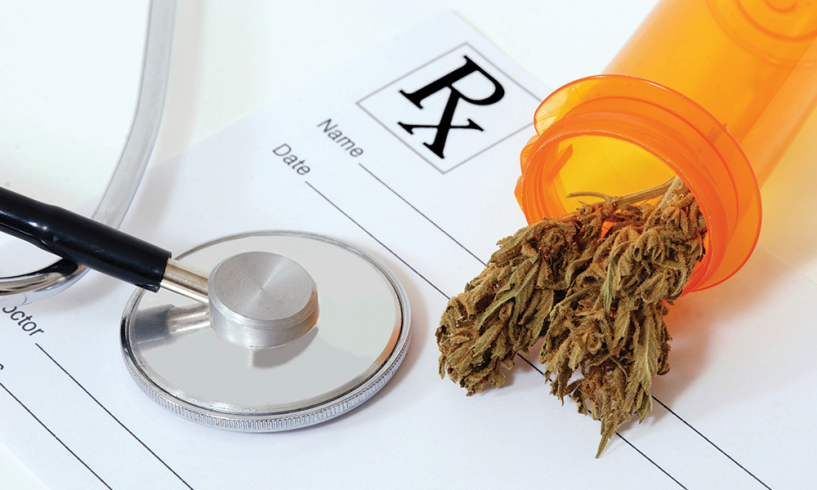There are currently 25 states, along with Washington, DC, that have passed legislation allowing the prescription of medical marijuana to patients with certain diseases. Throughout the country there have been pushes—both for and against—for a federal law supporting the use of medical marijuana. In mid-July, the Obama administration’s Department of Health and Human Services (HHS) hinted that it might support a federal law allowing for the use of medical marijuana.
However, the Drug Enforcement Agency formally released a statement saying it would not support the reclassification of marijuana from a schedule 1 controlled substance “because it does not meet the criteria for currently accepted medical use in treatment in the United States.” This came after a petition from several state governors on the issue.
Much of the discussion comes on the heels of the passage of the Comprehensive Addiction and Recovery Act of 2016 (CARA), a bipartisan piece of legislation meant to address the growing opioid addiction epidemic in the United States. “At HHS, we are helping to lead the nationwide effort to address the opioid epidemic by taking a targeted approach focused on prevention, treatment, and intervention,” said Sylvia Burwell, HHS Secretary.
With the hope that medical marijuana can address pain and nausea in patients with cancer, the possibility of this law could lead to change in the oncology community. Oncology nurses are well aware of the importance of pain management, which is why more research is needed to address these symptoms. In March, the National Pain Strategy—the government’s first coordinated plan to reduce the burden of chronic pain in the US—was developed and defined. However, it still needs support in order to be implemented in the healthcare system.






